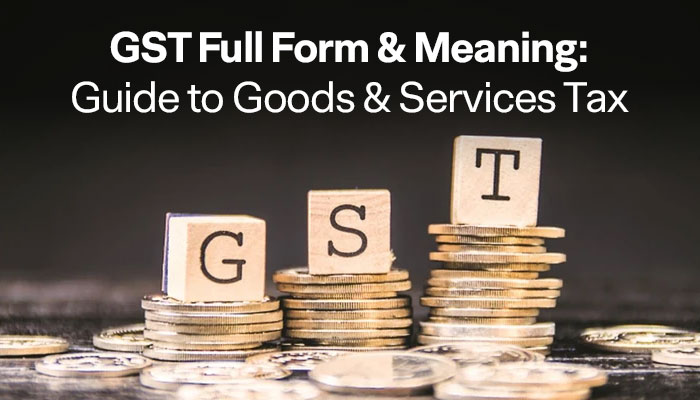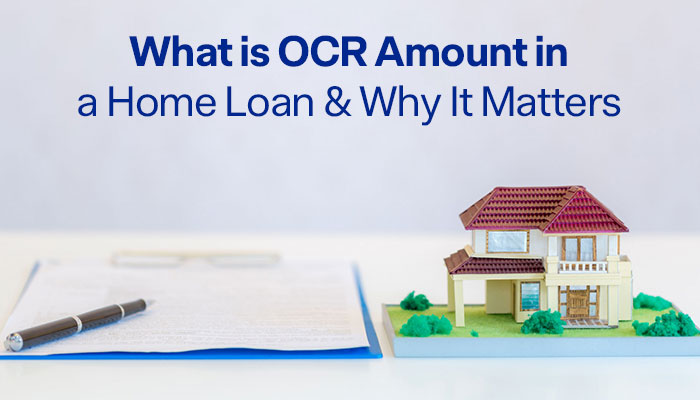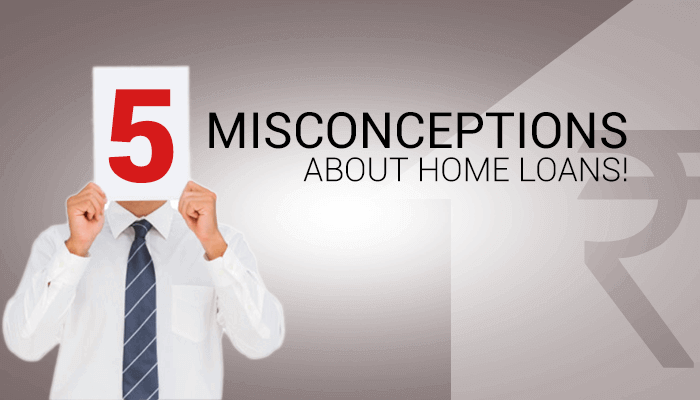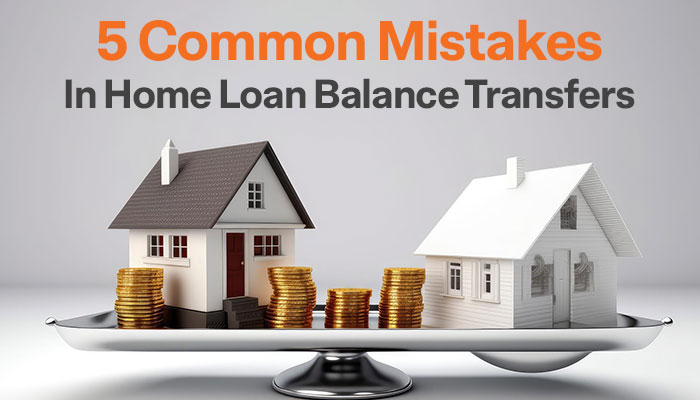PMAY vs PMAY 2.0: Key Differences Every Homebuyer Should Know
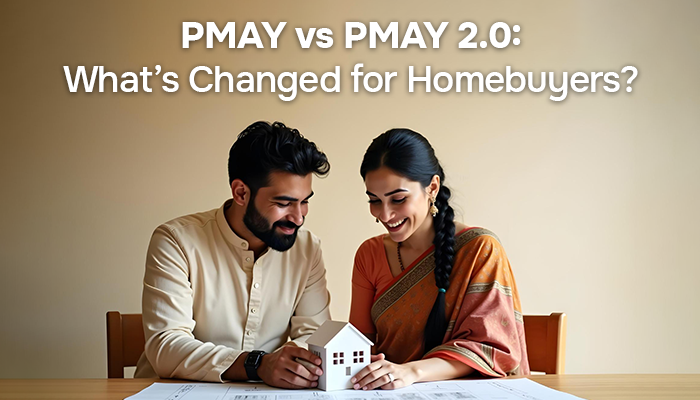
Affordable housing in India has long been a cornerstone of social development and economic inclusion. In 2015, the government launched Pradhan Mantri Awas Yojana (PMAY) with the vision of “Housing for All” by 2022. While the original scheme made massive strides in supporting homebuyers through interest subsidies and public-private housing projects, the evolving urban landscape demanded something more inclusive and future-ready.
PMAY-U 2.0 is a strategic evolution of the original, launched to address gaps and expand the housing net to renters, migrant workers, and the urban poor post-2022. For homebuyers and tenants alike, understanding the difference between PMAY and PMAY 2.0 can help make smarter financial decisions.
What Is PMAY (Pradhan Mantri Awas Yojana)?
Launched in June 2015, PMAY Urban aimed to provide "Housing for All" by 2022. The initiative focused primarily on the urban poor, middle-income groups (MIG), and economically weaker sections (EWS).
The scheme was backed by the Credit Linked Subsidy Scheme (CLSS), which offered interest subsidies on home loans. Depending on income category- EWS, Low Income Group (LIG), MIG-I, and MIG-II, beneficiaries could avail of subsidies ranging up to ₹2.67 lakh.
It was a significant move that not only helped first-time homebuyers but also encouraged developers to create an affordable housing supply with the promise of institutional support.
What is PMAY 2.0?
PMAY U 2.0 is the officially launched second phase of the Pradhan Mantri Awas Yojana (Urban), designed to extend the housing mission beyond its original 2022 deadline. Fully integrated into the government portal and highlighted on the official PMAY website, this enhanced scheme broadens its focus beyond just ownership. It now includes:
- Affordable rental housing
- Slum redevelopment
- Urban regeneration initiatives
It brings underserved groups into the fold, such as migrant workers, students, and temporary urban residents, ensuring they have access to safe, regulated, and affordable housing solutions even if they're not purchasing property.
Objective and Target Beneficiaries
Now that you have the definition in mind, let's understand the objectives and targets of both schemes.
PMAY: Enabling Affordable Home Ownership
The primary goal of PMAY was to encourage home ownership, particularly among first-time buyers in both urban and rural India. It categorically targeted:
- EWS (annual income up to ₹3 lakh)
- LIG (₹3 lakh to ₹6 lakh)
- MIG-I (₹6 lakh to ₹12 lakh)
- MIG-II (₹12 lakh to ₹18 lakh)
The focus was on constructing new houses, renovating existing structures, and offering subsidies on home loan interest.
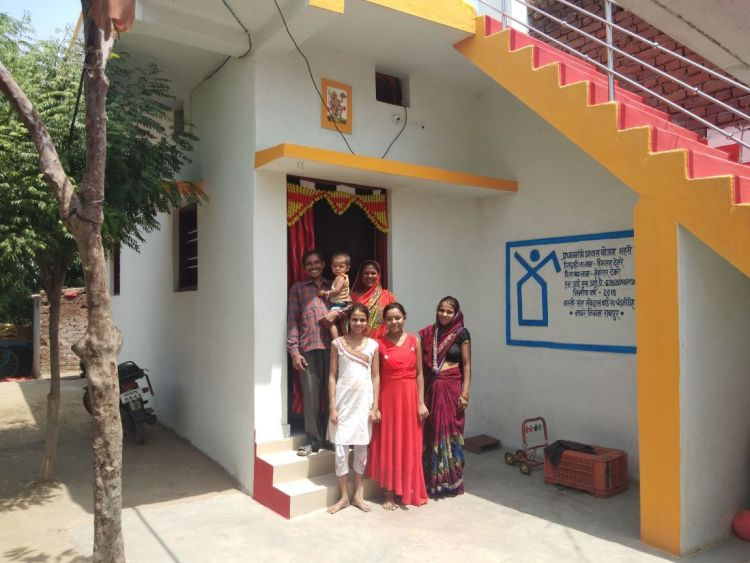
PMAY 2.0: Expanding Scope to Rental Housing
PMAY 2.0 goes a step further by introducing Rental Housing Complexes (ARHCs) for migrant workers, labourers, and seasonal urban dwellers.
These rental schemes encourage private sector participation, providing financial and policy support to developers for creating long-term rental infrastructure. The model promotes urban renewal, aiming not just to build more houses but to improve living standards in slum areas and unauthorised settlements.
Key Differences Between PMAY and PMAY 2.0
Both schemes have stark differences; let's see how:
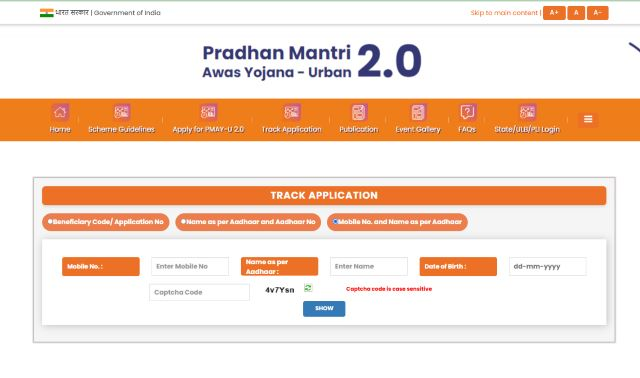
Nature of Housing Support
- PMAY: Direct ownership model with interest subsidies for beneficiaries taking home loans.
- PMAY 2.0: A hybrid model that includes ownership (via subsidy) and rental housing (via ARHCs), creating a more inclusive ecosystem.
Inclusion of Migrant Workers and Renters
- PMAY: Focused largely on permanent housing for salaried individuals or low-income families planning to settle.
- PMAY 2.0: Designed for transient populations such as daily wage earners, migrants, and students, who require short- or mid-term housing without loan burdens.
Implementation and Partnerships
- PMAY: Implemented through CLSS partners, urban local bodies, and public-private partnerships (PPP).
- PMAY 2.0: Involves more dynamic models like Build-Operate-Transfer (BOT), concessionaire agreements, and developer-led ARHC projects, enabling faster execution and improved maintenance.
Financial Assistance Model
- PMAY: Offers interest subsidies up to ₹2.67 lakh depending on income and loan amount.
- PMAY 2.0:Provides rental subsidies, construction incentives, and tax exemptions for developers under ARHC guidelines.
What it means for Homebuyers and Tenants
PMAY Urban and PMAY Gramin are still active, and homebuyers who meet the criteria can apply via approved banks and housing finance companies.
First-time buyers seeking a low-interest home loan or constructing a house on their land can still take advantage of CLSS benefits.
How PMAY 2.0 Helps Urban Migrants
PMAY 2.0 is designed with inclusivity at its core. The scheme now gives clear preference to:
- Migrant labourers
- Factory workers
- Construction workers
- Domestic help
- Students and single professionals
- Senior citizens
- Widows and single women
- People with disabilities
- Transgender persons
- Scheduled Castes (SC), Scheduled Tribes (ST), and minority communities
- Slum dwellers and those living in informal housing like chawls
These groups often fall outside the conventional homeownership system and are most vulnerable to unsafe and unregulated rental conditions. PMAY 2.0 ensures access to quality rental housing backed by government safeguards, offering dignity and stability in urban living.
Choosing the Right Scheme Based on Your Needs:
-
Choose PMAY-Urban (Original):
Suppose you're a first-time homebuyer and meet the income and eligibility criteria. In that case, you can avail of the Credit Linked Subsidy Scheme (CLSS), now referred to as the Interest Subsidy Scheme (ISS), to reduce your home loan EMIs. This is especially useful for EWS, LIG, and MIG households. -
Opt for PMAY 2.0’s Rental Framework:
If you belong to a floating or migrant population, or if you're a developer interested in ARHC projects, PMAY 2.0 offers a supportive ecosystem through public-private partnerships, concession models, and urban regeneration policies.
Final Thoughts
Both PMAY and PMAY 2.0 serve distinct yet interconnected purposes. While the original scheme focuses on home ownership, the new version broadens the horizon with rental housing and urban regeneration.
Whether you’re a first-time buyer dreaming of your own home or a migrant worker in need of dignified accommodation, there's a scheme tailored for you. The government’s approach is now more comprehensive, inclusive, and aligned with real-world housing needs.
Ready to make your move? Check your eligibility for PMAY benefits or explore verified auction and housing projects at IIFL Home Loan today.
FAQs
Q1. Can I still apply under PMAY after 2022?
Yes, many banks and institutions still offer CLSS under PMAY Urban and Gramin. Check the official portals or your lender’s offerings.
Q2. Is PMAY 2.0 only for renters?
No. While it focuses on rental housing, PMAY 2.0 also supports developers and PPPs involved in urban redevelopment and slum rehabilitation.
Q3. Can I apply for both PMAY and PMAY 2.0 benefits?
Not simultaneously. These schemes cater to different housing needs, such as ownership vs. rental. You must choose based on your requirements.
Q4. Are ARHCs available in all cities under PMAY 2.0?
Currently, ARHCs are being piloted in select urban areas. Availability depends on local bodies, demand, and private sector participation.
Q5. How do I know if I qualify for the PMAY subsidy?
Eligibility is based on income bracket, loan amount, property size, and whether you or your family own a pucca house. Use government portals or lender tools to check.
 Login
Login





